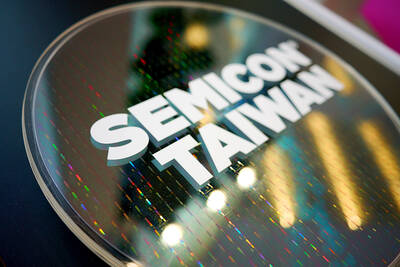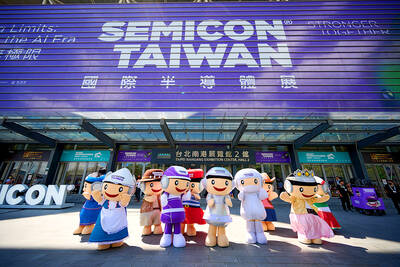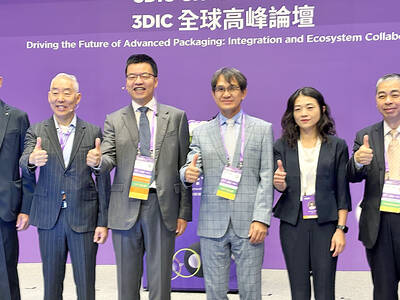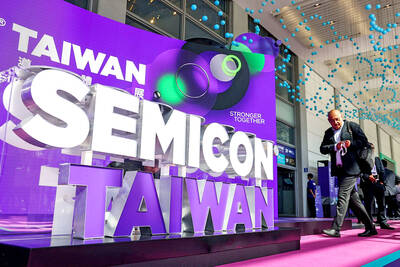China’s spending on overseas energy projects has dropped to its lowest in more than a decade, as the nation focuses on domestic issues, and rethinks its strategy around indebtedness and the world’s energy mix.
The nation’s foreign energy financing dropped by 69 percent to US$3.2 billion last year, data from Boston University’s Global Development Policy Center showed. Only three nations received financing for new projects from China’s policy banks last year, compared with five the previous year.
The drop underscores how a slowing domestic economy and concerns related to debt levels in recipient nations are eroding China’s desire to wield influence through spending billions of dollars to finance megaprojects abroad, mostly through the Belt and Road Initiative announced by Chinese President Xi Jinping (習近平) in 2013.
The COVID-19 outbreak only adds to domestic headwinds that include credit stress among companies and the ill-effects of the prolonged trade dispute with the US.
“The Chinese are getting concerned about the debt levels countries have, and want to be more cautious about their lending,” Boston University professor Kevin Gallagher said. “I wouldn’t expect a bounce-back in 2020, given the circumstances related to the virus and the general downturn anyway.”
China has financed US$251 billion in energy projects since 2000 with about three-quarters of that in Belt and Road nations, according to the university’s research, which tracks data from the China’s two policy banks, the China Development Bank (國家開發銀行) and the Export-Import Bank of China (中國進出口銀行).
At the same time, China’s lending has drawn scrutiny over whether it is unduly wielding its political clout to force indebtedness on other nations.
The oil sector has received the biggest amount of loans, followed by coal and hydropower.
While Beijing’s financing of coal would hardly endear it to climate activists, it has filled a gap vacated by other lenders, concerned that a hardening line against the dirtiest fossil fuel could make coal mines and power plants go out of business before they are able to repay their debts.
China’s efforts have allowed energy-thirsty Pakistan to mine coal for the very first time, as well as financing projects from South Africa to Southeast Asia.
Still, Xi has publicly called for more clean energy as part of the program, as China has become one of the world’s leading manufacturers of solar and wind power components. Of the three Belt and Road projects that received financing last year, two were hydropower developments in Nigeria and Guinea, and the other a coal project in Turkey, Boston University said.
“We would hope to expect a real shift toward wind and solar and so forth in 2020, but I have to say as an economist there needs to be a supply shift and a demand shift,” Gallagher said. “So if the Chinese are willing to put more solar and wind on offer, of which they have plenty, countries on the demand side need to be asking for that. We haven’t seen too many.”

With this year’s Semicon Taiwan trade show set to kick off on Wednesday, market attention has turned to the mass production of advanced packaging technologies and capacity expansion in Taiwan and the US. With traditional scaling reaching physical limits, heterogeneous integration and packaging technologies have emerged as key solutions. Surging demand for artificial intelligence (AI), high-performance computing (HPC) and high-bandwidth memory (HBM) chips has put technologies such as chip-on-wafer-on-substrate (CoWoS), integrated fan-out (InFO), system on integrated chips (SoIC), 3D IC and fan-out panel-level packaging (FOPLP) at the center of semiconductor innovation, making them a major focus at this year’s trade show, according

DEBUT: The trade show is to feature 17 national pavilions, a new high for the event, including from Canada, Costa Rica, Lithuania, Sweden and Vietnam for the first time The Semicon Taiwan trade show, which opens on Wednesday, is expected to see a new high in the number of exhibitors and visitors from around the world, said its organizer, SEMI, which has described the annual event as the “Olympics of the semiconductor industry.” SEMI, which represents companies in the electronics manufacturing and design supply chain, and touts the annual exhibition as the most influential semiconductor trade show in the world, said more than 1,200 enterprises from 56 countries are to showcase their innovations across more than 4,100 booths, and that the event could attract 100,000 visitors. This year’s event features 17

EXPORT GROWTH: The AI boom has shortened chip cycles to just one year, putting pressure on chipmakers to accelerate development and expand packaging capacity Developing a localized supply chain for advanced packaging equipment is critical for keeping pace with customers’ increasingly shrinking time-to-market cycles for new artificial intelligence (AI) chips, Taiwan Semiconductor Manufacturing Co (TSMC, 台積電) said yesterday. Spurred on by the AI revolution, customers are accelerating product upgrades to nearly every year, compared with the two to three-year development cadence in the past, TSMC vice president of advanced packaging technology and service Jun He (何軍) said at a 3D IC Global Summit organized by SEMI in Taipei. These shortened cycles put heavy pressure on chipmakers, as the entire process — from chip design to mass

Germany is to establish its first-ever national pavilion at Semicon Taiwan, which starts tomorrow in Taipei, as the country looks to raise its profile and deepen semiconductor ties with Taiwan as global chip demand accelerates. Martin Mayer, a semiconductor investment expert at Germany Trade & Invest (GTAI), Germany’s international economic promotion agency, said before leaving for Taiwan that the nation is a crucial partner in developing Germany’s semiconductor ecosystem. Germany’s debut at the international semiconductor exhibition in Taipei aims to “show presence” and signal its commitment to semiconductors, while building trust with Taiwanese companies, government and industry associations, he said. “The best outcome